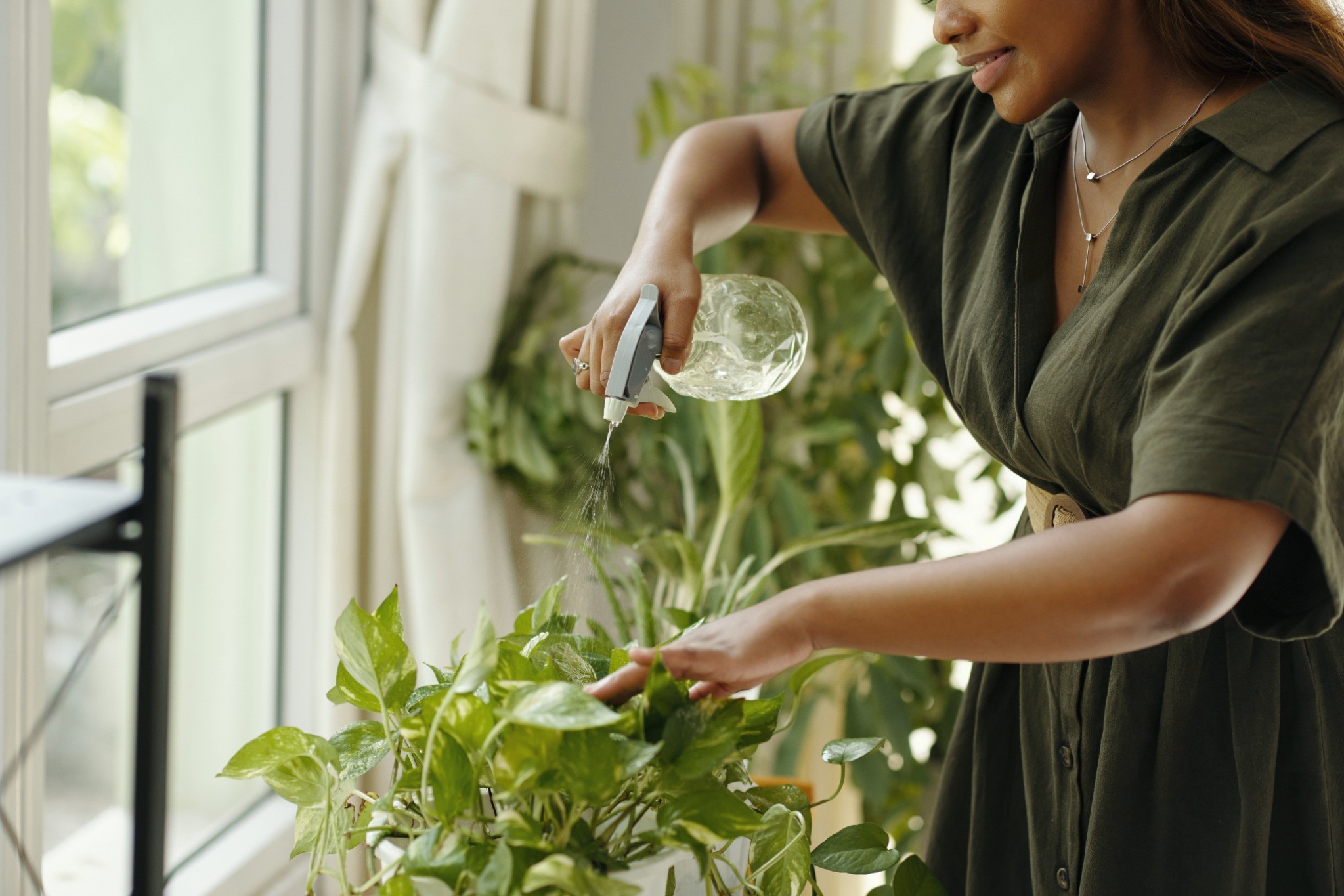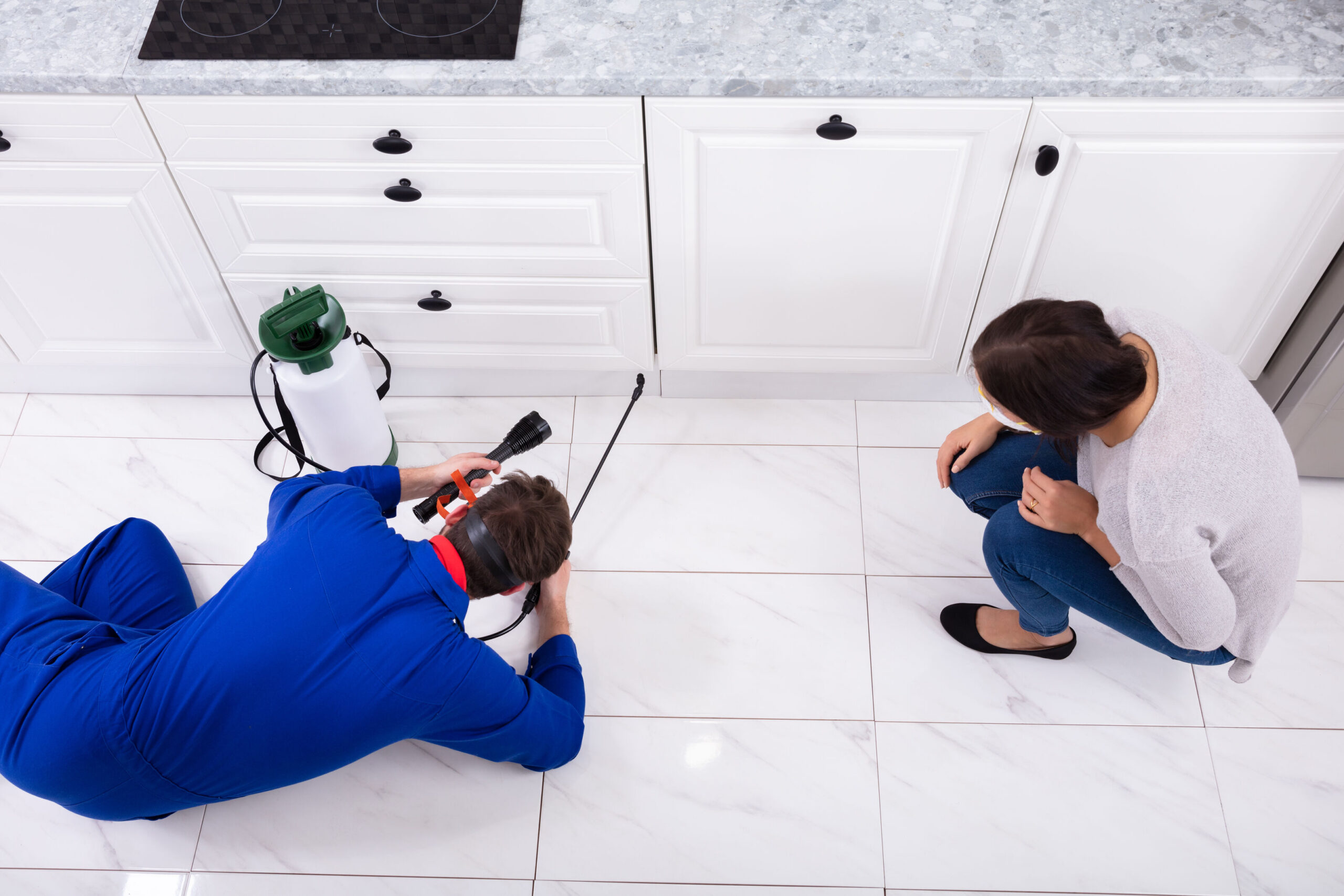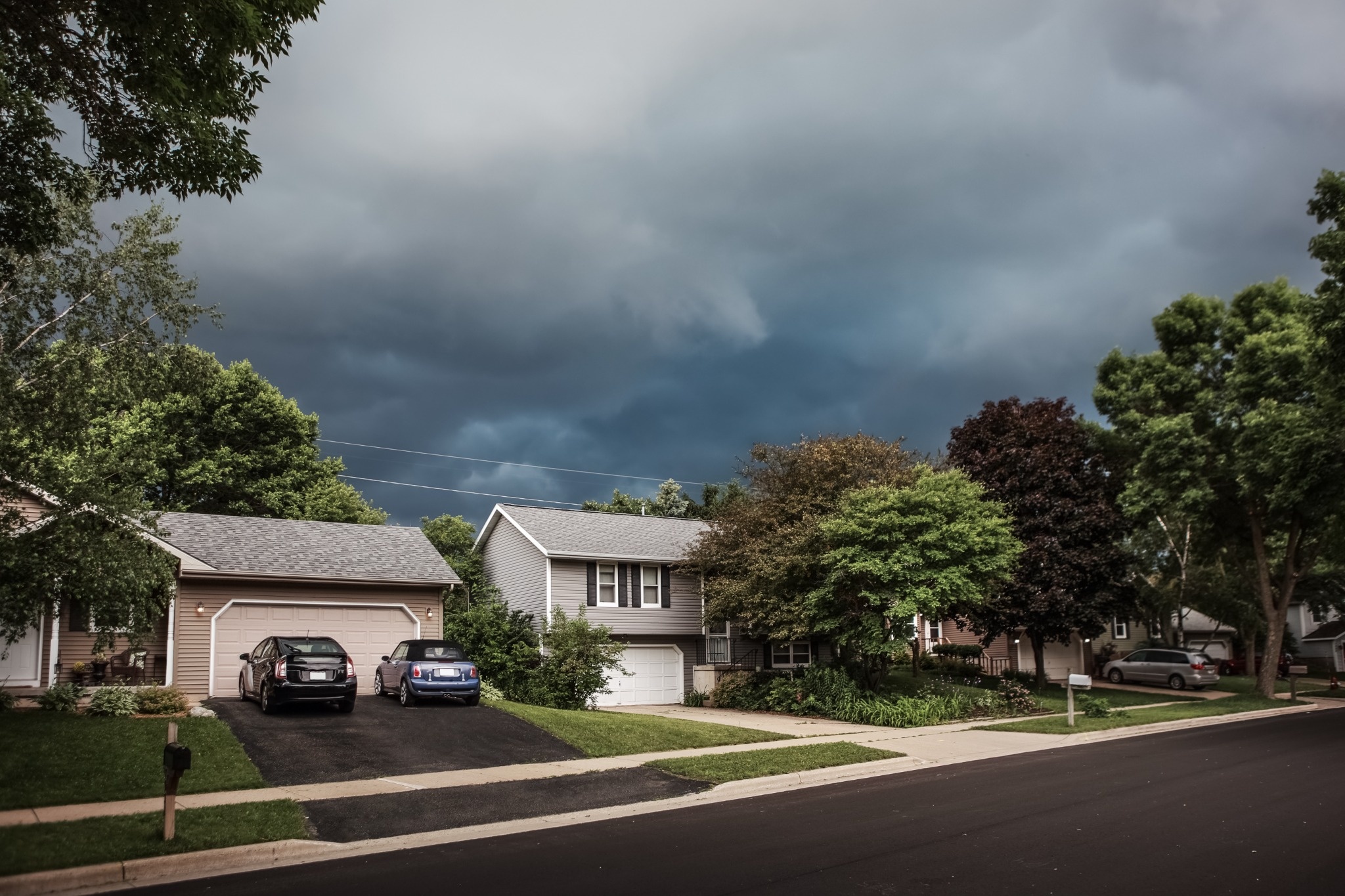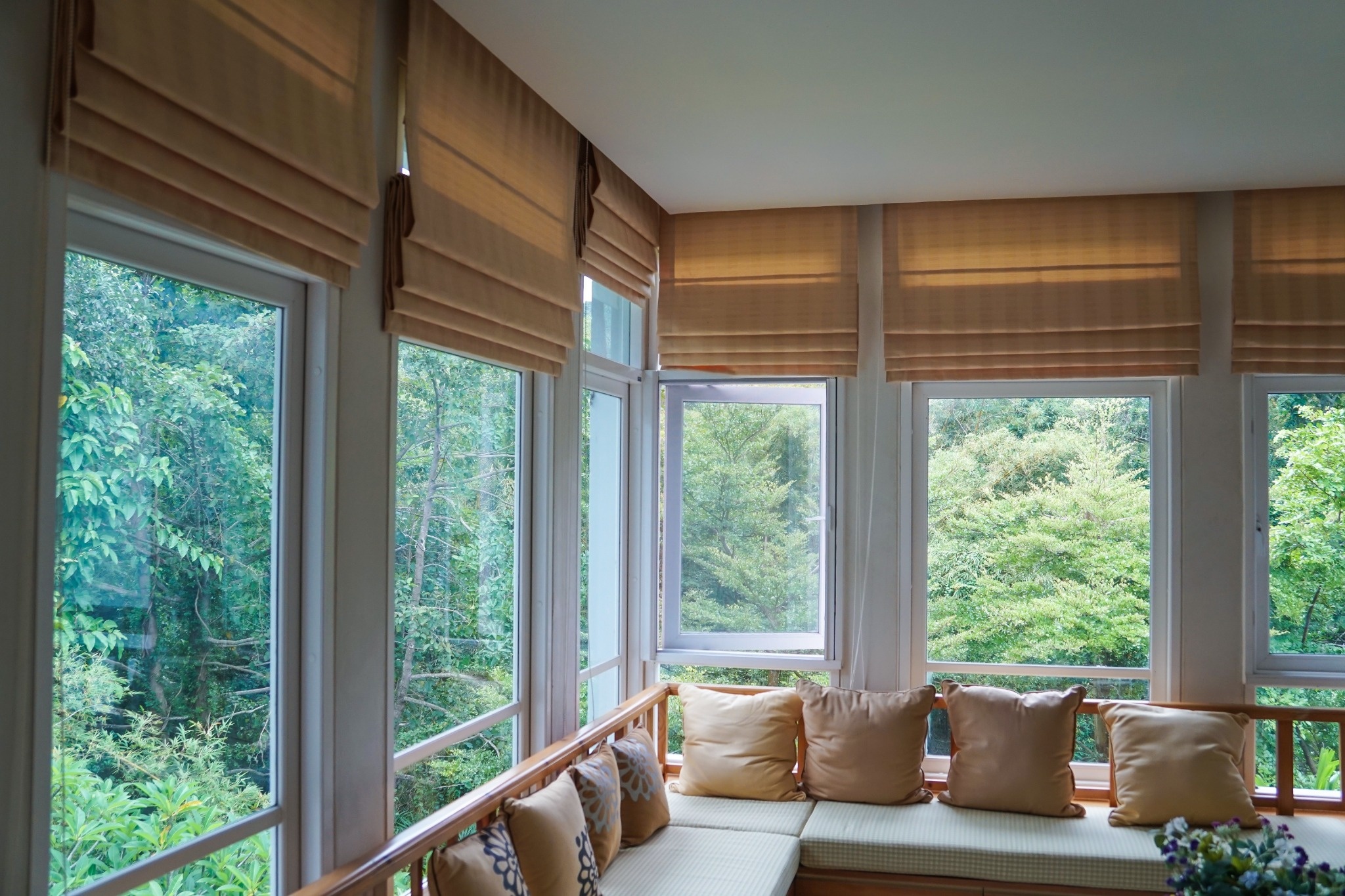Table of Contents
- Water Early or Late in the Day
- Use Mulch to Retain Moisture
- Install a Rain Barrel
- Choose Drought-Tolerant Plants
- Group Plants by Water Needs
- Ditch the Sprinkler, Use a Soaker Hose
- Water Deeply, Not Frequently
- Keep Grass Taller for Less Watering
- Patch Bare Spots With Ground Cover
- Reuse Household Water (Safely)
- Make a Water-Wise Plan
- A Greener Yard Without the Waste
Budget Water-Saving Tips for Your Yard and Garden: Keep Your Landscape Lush Without Wasting Water or Money
Keeping your yard and garden healthy during hot months doesn’t have to mean sky-high water bills. With a few smart habits and budget-friendly strategies, you can reduce water waste while still enjoying a green, thriving outdoor space.
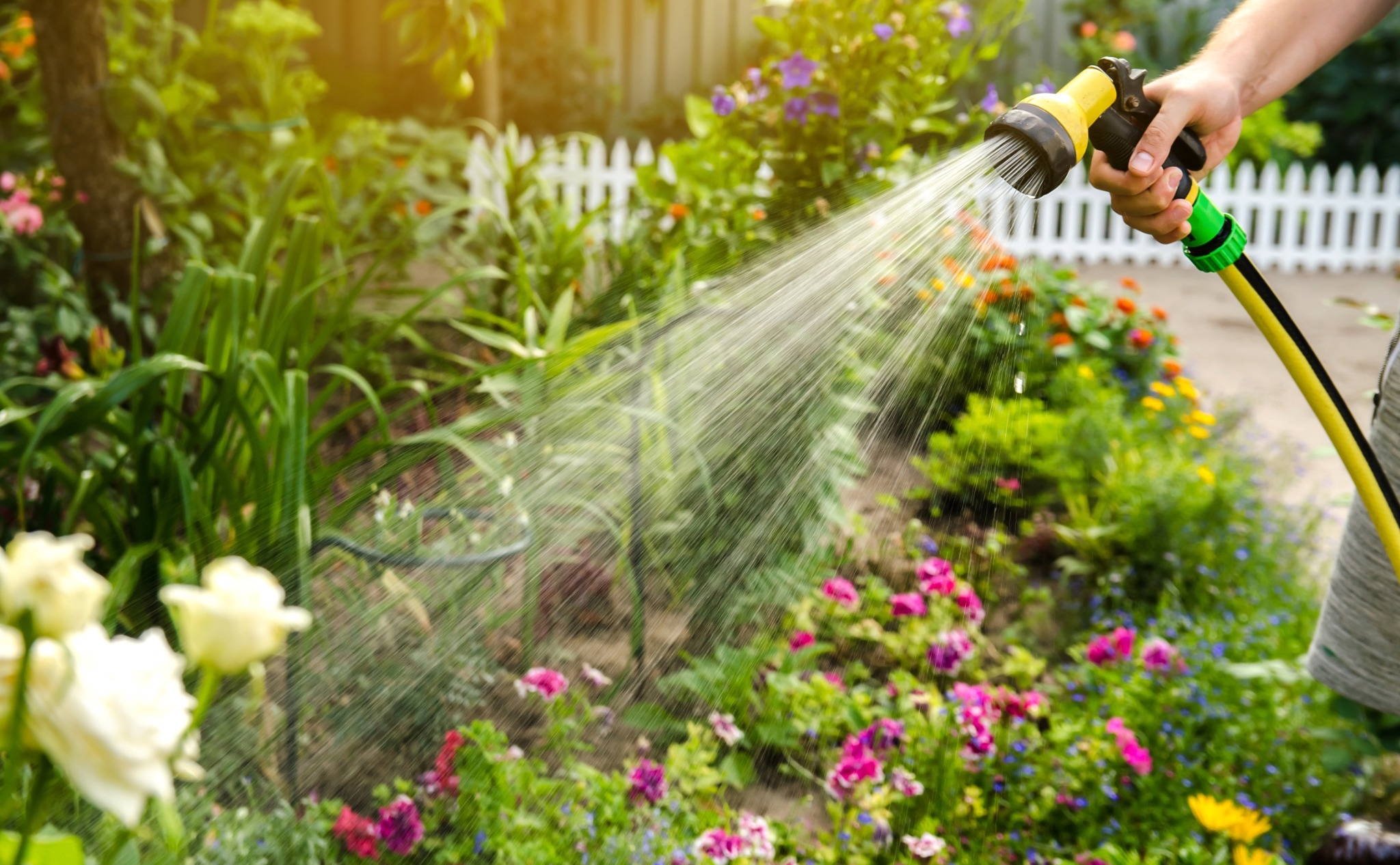
Water Early or Late in the Day
Timing matters more than you think when it comes to watering. Midday sun causes much of the water to evaporate before it even hits the roots.
Best Times to Water:
- Early morning (before 10 a.m.): Cool temps allow water to soak in
- Evening (after 6 p.m.): Less evaporation, more absorption
Avoid watering late at night, which can promote mold or mildew on grass and leaves.
Use Mulch to Retain Moisture
Mulch isn’t just for looks—it’s a powerful water saver. A 2–3 inch layer helps soil hold moisture longer and reduces how often you need to water.
| Mulch Material | Benefits | Budget-Friendly? |
|---|---|---|
| Shredded bark | Long-lasting, weed-blocking | ✅ |
| Grass clippings | Free, enriches soil | ✅✅ |
| Straw or hay | Great for veggie gardens | ✅ |
| Leaves or wood chips | Naturally break down over time | ✅ |
Spread mulch around trees, flower beds, and garden rows to keep moisture where it belongs—at the roots.
Install a Rain Barrel
Why pay for water when you can collect it for free? Rain barrels capture runoff from your roof and store it for later use in your garden.
- Attach to a downspout with a diverter
- Use a screen to keep out debris and mosquitoes
- Dip a watering can or connect a hose to use the collected water
Many cities offer rebates or discounts on rain barrel kits, and DIY versions cost as little as $30–$50.
Choose Drought-Tolerant Plants
Some plants are naturally built to survive with less water. Swapping out thirsty varieties for drought-resistant options can cut your outdoor water use significantly.
Great Low-Water Choices:
- Lavender
- Sedum and succulents
- Russian sage
- Coneflower
- Rosemary
- Yarrow
Look for native plants suited to your region—they’ll need less help adjusting and thrive with minimal watering once established.
Group Plants by Water Needs
Mixing high- and low-water plants in the same bed often leads to overwatering. Instead, group plants with similar moisture needs together.
- Keep drought-tolerant varieties in one zone
- Place thirstier plants closer to your water source
- Use containers for herbs or flowers that dry out quickly
This zoning approach helps you water smarter—not harder.
Ditch the Sprinkler, Use a Soaker Hose
Sprinklers are easy, but they’re not the most efficient option. A soaker hose or drip irrigation system delivers water slowly at the ground level, right where plants need it most.
| Watering Method | Efficiency | Cost |
|---|---|---|
| Sprinkler | Low | $20–$60 |
| Soaker hose | Medium | $15–$30 |
| Drip irrigation | High | $25–$50 DIY |
A basic soaker hose costs less than a tank of gas and can save gallons of water per week.
Water Deeply, Not Frequently
Giving your garden a deep soak every few days is more effective than daily light watering. Deeper watering encourages roots to grow stronger and deeper—making your plants more drought-resistant.
- Water until the soil is moist 6–8 inches down
- Use a soil moisture meter (or your finger) to test
- Adjust based on recent rainfall or temperature
Set a reminder or mark a calendar to help you stay consistent.
Keep Grass Taller for Less Watering
Mowing your lawn super short might look neat, but it actually hurts water retention. Longer blades provide shade for the roots and reduce evaporation.
Lawn Tips:
- Set mower blades to 3–4 inches
- Leave grass clippings on the lawn as natural mulch
- Water less often but more deeply
You’ll water less—and your lawn will be healthier for it.
Patch Bare Spots With Ground Cover
Bald spots in your yard dry out quickly and can create hot zones that waste water. Fill those areas with low-maintenance ground covers instead.
Budget-Friendly Ground Covers:
- Creeping thyme
- Clover
- Liriope
- Moss (in shaded areas)
These plants help retain soil moisture, reduce runoff, and often require less water than grass.
Reuse Household Water (Safely)
You don’t have to pour leftover water down the drain. Some water used indoors can safely be reused outside.
- Collect water from rinsing fruits and veggies
- Reuse pet water bowls when refreshing
- Save water from cooking (cooled, no salt or grease) for garden beds
Just be sure not to reuse soapy or chemical-laden water unless you’re using greywater systems designed for that purpose.
Make a Water-Wise Plan
Taking a little time to plan your watering routine can reduce waste and increase effectiveness.
| Day | Watering Task |
|---|---|
| Monday | Deep water veggies |
| Wednesday | Check rain barrel + water pots |
| Friday | Water flower beds + lawn if needed |
| Weekend | Refill mulch, weed, check soil moisture |
Even a basic schedule helps prevent overwatering and ensures your plants get what they need—no more, no less.
A Greener Yard Without the Waste
Saving water in your yard doesn’t mean sacrificing beauty. With a few tweaks to your watering habits and some smart planting strategies, you can keep your outdoor space lush, green, and thriving—while lowering your bill and reducing environmental impact.


